William McKinley: The 25th President’s Life and Death
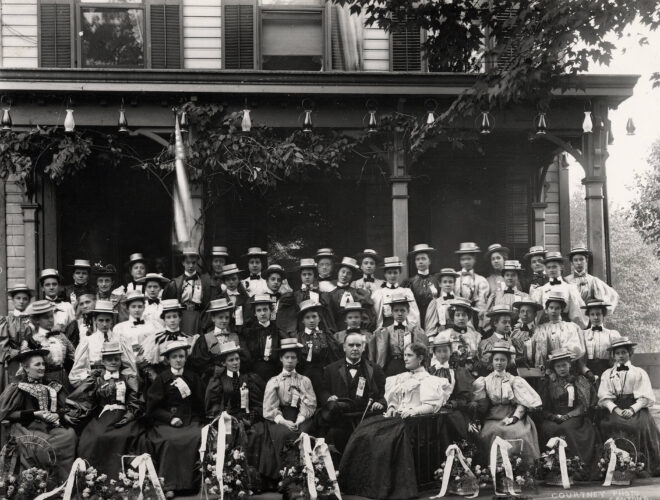
Ohio has been home to many presidents before their time in office, two of which had their time in office cut short by assassination. President McKinley, the 25th president of the United States was one of them. Born in Niles, Ohio, in 1843, McKinley would become a teacher and would go on to serve in the as a private in the Union Army at the onset of the Civil War. After the war he became a lawyer, and opened his own practice in Canton, Ohio.
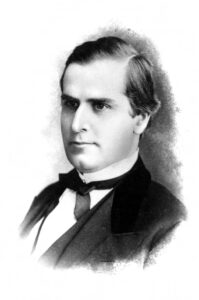
During his time as a lawyer he would marry his wife, Ida. By 1877 McKinley had won a seat in Congress. He was popular quickly amongst the Republican party and would go on to serve 14 years in the House of Representatives, during which he became the leading expert on tariffs. After his time in the House, McKinley ran for Governor of Ohio, where he was elected and served two terms. During his time as Governor the nation faced a national depression.
At the end of his Governorship, McKinley was nominated as the Republican candidate for President of the United States in 1896, still a time of depression in the United States. He would go on to win the Presidency after running against William Jennings Bryan. McKinley, would call on a special session of Congress to enact the highest tariff in history in an attempt to take action to end the depression.
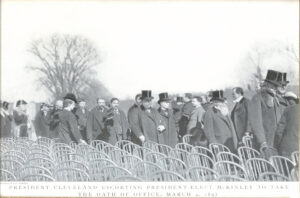
In the midst of his first term, McKinley’s administration was thrust into major action on foreign policy during the lead up, and the beginning of the 100-day war, during which the United States destroyed the Spanish fleet outside of Cuba, seized the Philippines, and began an occupation of Puerto Rico. After further indecision from McKinley about how to manage the occupied territories, he toured the country to get an idea of public sentiment, after detecting an air of imperialism from the tour McKinley decided to have the United States annex the Philippines, Guam, and Puerto Rico.
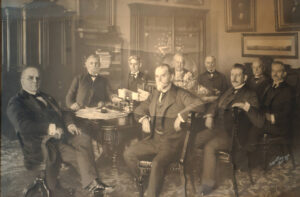
All of this occurred during Mckinley’s first term, by his second McKinley had a reputation among Americans and politicians as someone who relied on public response to make decisions, maintaining his popularity. His second term would come to a quick and tragic end in September of 1901 when self-proclaimed anarchist, Leon Czolgosz, shot McKinley twice. He would die from his wounds just eight days later. After his death, Vice President Theodore Roosevelt would be sworn in as President. McKinley’s funeral train would take him from Buffalo, New York, where he was assassinated, to Washington D.C., and finally home to Ohio, where he was buried. A memorial was erected for McKinley in his birthplace of Niles, Ohio in 1911, which can still be visited today.
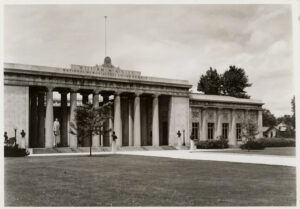
Thank you to Lauren Kennedy, Digital Projects Coordinator at the Ohio History Connection, for this week’s post!



Leave a Reply
You must be logged in to post a comment.